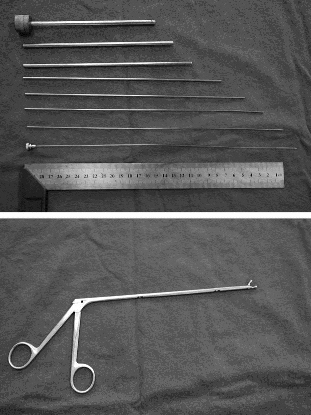It’s the situation that physicians in smaller hospitals dread. A major trauma patient gets dropped off at the door. You do your evaluation, quickly determining that they need services that you don’t just have (head injury and positive FAST in the abdomen, let’s say). You call your community EMS service to transport to a Level I trauma center, which is about 30 minutes away by ground. And just as they are rolling out the door to the rig, the blood pressure drops to 60! What to do?!
The ATLS course is very clear, and very correct. Back into the ED for a quick re-evaluation. The most common cause for a significant disturbance in vitals or exam lies within the primary survey. You will almost always find a problem with Airway, Breathing, or Circulation. (A Disability problem can cause a problem on rare occasion (hypotension from impending herniation), but there’s not much that you can do about it, really. Hyperventilate, hyperosmolar therapy, okay but probably a poor outcome for the patient anyway.)
So you didn’t find any airway or breathing issue. But the abdominal stripe(s) you saw on FAST are larger, so it’s circulation. Now what? And does it matter if you have a surgeon available on call? The answer is simpler than you think.
ATLS says that, if you have surgical support available you have to use it in this type of situation. If you don’t have it, package the patient with a lot of blood and plasma and send. If you have a physician or nurse to spare you could consider sending them along to help during transport, but for small community hospitals this is not practical.
But if you do have a surgeon, does it make sense to use them? Not always! You must take into account response times and transport times. Let’s say it’s 2:00 am and you call your surgeon for this hypotensive patient. They may take up to 30 minutes to get in and see the patient. They then agree that the patient needs a laparotomy and she proceeds to call in the OR team. Yet another 30 minutes tick by. Will the patient still even be alive when they roll into the OR?
Or you could just put the patient back in the ambulance (air preferably, but ground if you have to) and get them to your trauma center quickly. They can then be whisked directly into a waiting OR in less than 30 minutes from your door. This is probably the ideal solution here. Obviously this doesn’t work as well if you are a few hours away from your resource trauma center.
Bottom line: Deciding what to do with a patient that needs urgent treatment that you can’t immediately deliver is tough! That’s why it’s always a calculus problem when you’re faced with this situation. But take all of the response and transport times into account, and do what’s best for your patient!



